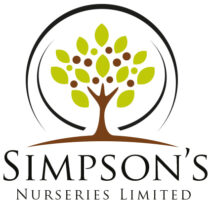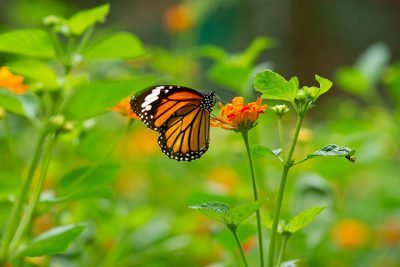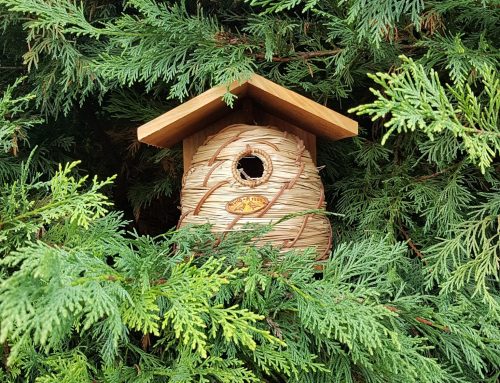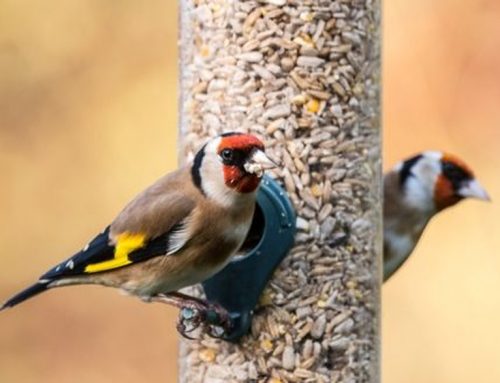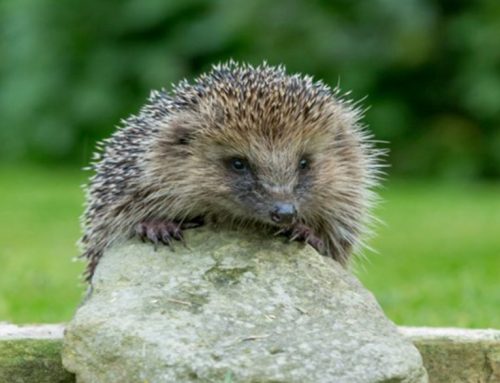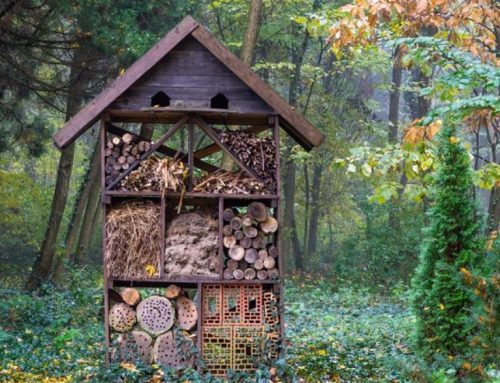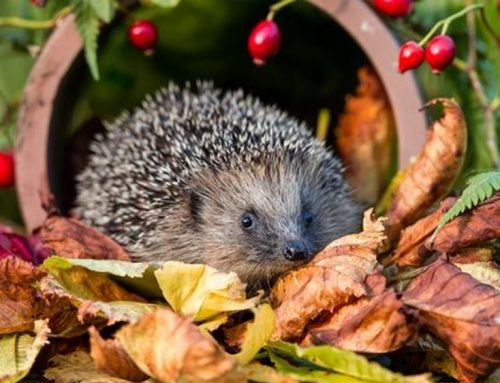For a healthy garden to thrive there are a great many insects, birds and small animals that play a vital role. If you can encourage these into your garden and provide them with an environment that makes them want to stay you will find that many ‘problem’ pests are no longer the problem that they once were, that your fruit and veg are pollinated more effectively and that there is always some activity worth watching.
Ladybirds and Lacewings love to munch on aphids so encouraging their numbers will go a long way to limiting the damage wreaked by the dreaded pests. Don’t be too hasty to tidy away hollow stems and other branches. Provided these are not diseased they make a fantastic home for overwintering insects and ensure they are already in your garden for the onset of Spring.
Sowing and growing wildflowers is a fantastic way of encouraging many beneficial insects and birds into the garden. Growing a wide range of plants is a really good idea. Not only does this cut down the risks of certain soil borne diseases getting a hold in the garden but it also encourages the broad range of insects and slugs that birds love to feed on. Where possible leave seed heads on flowers such as Echinacea, Sunflowers and Teasel during the winter months as these will provide food for birds, encouraging them to visit your garden.
If you are lucky enough to have hedgehogs in your garden provide them with a safe and secure place for hibernation during the winter months. Hedgehogs love slugs and will do a fantastic job of keeping down numbers in your garden. Always check unlit bonfires before lighting as these are often irresistible to hedgehogs when they are looking for a home. Never feed hedgehogs with bread and milk, this can be harmful to them. Instead give dog or cat meat.
Top 5 tips for attracting wildlife to your garden
1. Place a bug box or two around your garden to provide a snug, safe place for ladybirds, bees and other beneficial insects.
2. Hang up a bird feeder and fill it with seed mix, which can be used all year round.
3. Sow plants and flowers that attract insects, such as Buddleia or lavender or other wildlife attracting plants.
4. Provide a source of water for birds, insects and other wildlife. A pond, bird bath, or even a bowl of water
5. Start composting and create a shelter for hedgehogs and other forms of wildlife. Don’t add meat or dairy leftovers of you will attract vermin.
There are many plants that will attract bees and butterflies into the garden.

Bee and Butterfly Gardening
A garden humming with bees and shimmering with brilliantly-coloured butterflies is full of life and beauty, the insects adding another dimension to your planting and giving you yet another reason to enjoy your garden.
By encouraging bees and butterflies into your garden you’re doing the planet a favour as well as your plants. Populations of both insects have been plummeting, a combination of disease, climate change and the lack of suitable pollen-rich flowers. It’s important because their activities are responsible for around a third of the food we eat – so helping them out makes good sense all round.
You’ll find all you need in our garden centre to make your plot a haven for bees and butterflies: here are some of the features you can include for them when you’re planning your garden.
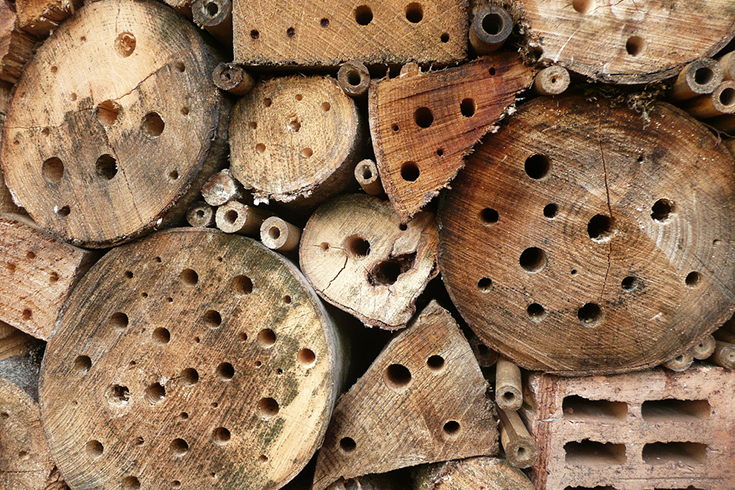
Attracting Bees:
Include water: Like all creatures, bees need to drink. In our garden centre you’ll find a range of bird baths for bees to drink from.
Hang up a bee hotel: Solitary bees lay eggs in cavities in trees or wood; recreate the same habitat with a bee hotel hung on a sunny wall.
Plant bee-friendly plants: Bees love plants with simple, open flowers so they can get at the nectar easily. Good choices include clematis, hollyhocks, geraniums, lavender and flowering herbs.
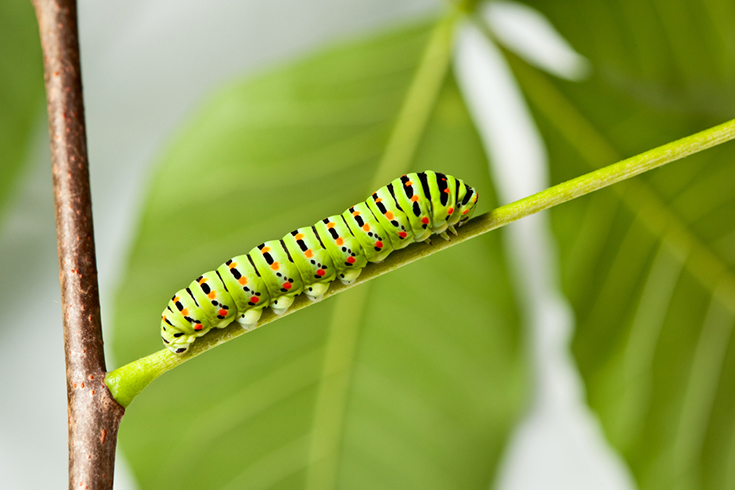
Attracting Butterflies:
Make a sunbathing platform: Butterflies adore a warm sunny spot, so give them somewhere to sunbathe by placing a wide flat stone in a sunny spot in your garden to absorb heat for them to enjoy.
Leave caterpillar-friendly areas: Butterflies are only half the story: caterpillars need catering for, too. A patch of nettles is perfect caterpillar food, and other plants caterpillars enjoy include mallow (Malva moschata) and mullein (Verbascum bombyciferum).
Butterfly-friendly plants: The more nectar-rich your plants, the happier your butterflies. They’ll flock to buddleja, sedum, red valerian, scabious, Michaelmas daisies and aubretia – so plant plenty in your garden.
Please ask the staff in our garden centre for more information and advice about attracting bees and butterflies to your garden.
